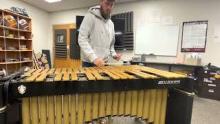Technique: The Four Basic Dampening Techniques, Pt. 1
Hello all!
In this lesson, I discuss the four basic dampening techniques, which can be thought of as different stickings to dampen with. Mastery of these is critical to good dampening application in real musical contexts!




